
13 minute read
The Wider View with Sidel
IS THERE A SUSTAINABLE IS THERE A SUSTAINABLE FUTURE FOR PET PACKAGING? FUTURE FOR PET PACKAGING?

In our latest Wider View, Sidel’s Luc Desoutter and Vincent Le Guen give their insight into the future of PET packaging, asking: is the use of this material even sustainable in the future – and if so, how?
Packaging in general has come under a lot of fire in the past few years, with different types of plastics such as polyethylene terephthalate (PET) having been under intense scrutiny. Therefore, many brand owners and suppliers are taking increasing care when it comes to packaging and especially the type of packaging materials they opt for. Simultaneously, governments and regulators are attempting to decrease the overall amount of waste created on a global scale, sometimes going for quick fixes that can result in unintended consequences. The paradox about PET packaging on the one side is that PET bottles have become the symbol of marine litter and Single Use Plastics (SUP), and that on the other side, it is the most recyclable and the most recycled plastic material – a fact that is still not recognized enough. If you were to listen to its most vociferous critics, then the answer to the question, ‘Is there a sustainable future for PET packaging?’ would be a resounding ‘No’.
But the reality is that PET is a packaging material that has contributed to the development of the beverage industry by giving access to safe drinking water to billions of people. It is a great resource with many advantages: safe, lightweight, transparent, re-sealable, shapeable, 100% recyclable, with outstanding mechanical as well as barrier properties at the price of a commodity. PET also has a very low environmental footprint compared to alternative non-plastic materials. The environmental costs of plastics in consumer goods are 3.8 times less than the alternatives. For an average European family, the impact of Greenhouse Gases (GHG) of all packaging materials used is only 1.7%, of which plastics production only represents about 4% of fossil resources with most of them being recyclable. Meanwhile, bottle grade PET consumption is equal to less than 6% of total plastics production and far less than 1% of fossil resources, so banning this specific packaging material will not solve the environmental issues.
The packaging industry is looking after our planet and safeguarding our environment: there is growing momentum to reduce waste by searching for alternatives to optimize secondary and tertiary packaging, eliminating unnecessary plastics. In short, the problem that requires all our attention is the leakage of waste to the environment and especially into the sea. But this pollution is neither exclusive to PET nor to SUP. The focus should be on waste management, including the rationalization of waste streams by favouring easy to recycle and higher value materials as well as concentrating waste streams to a lower number with higher volumes.
Vincent Le Guen
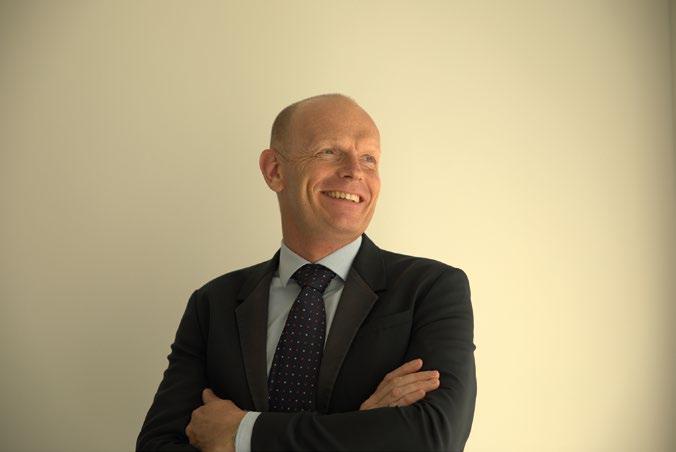
Luc Desoutter
PET: Unique 100% closed loop recyclable food-grade plastic
It is a fact that PET is the only plastic suitable for direct food contact and for closed loop bottle-to-bottle recycling. A PET bottle’s journey doesn’t end after single-use by consumers: used plastic bottles made of PET are recycled in such a way that the recyclate can be used for new PET bottles, thereby requiring fewer raw materials and reducing waste. Thus, it is the only plastic packaging material that is 100% recyclable, while meeting the toughest standards in food contact regulations.
The closed loop bottle-to-bottle approach leads to the actual task of recycling PET, where two main coexisting processes are theoretically possible under strict regulations and approval processes: mechanical or chemical. Mechanical recycling is currently the overwhelming reality in the industry. It is fairly simple since it is about shredding, washing and upgrading the original material. Chemical recycling, on the other hand, requires a longer cycle time. The molecules need to be broken up and the process of manufacturing the plastic from the very beginning needs to be restarted, creating additional costs. Nevertheless, at least three benefits are expected from chemical recycling technologies: the consistency of the quality of the recycled PET compared to virgin PET, absolute food safety and the possibility to mix the material with coloured and/or opaque PET. The willpower to push the packaging business towards a circular economy has revived chemical recycling. We are expecting to see it happen on an industrial scale in the next three to five years as a reasonable complement to mechanical recycling. For both mechanical and chemical recycling, collection and sorting are key regarding not only the quantity, but also the quality of the washed flakes, requiring adequate consumer behaviour, necessary infrastructure and supporting regulation.
However, if, as we assume, PET continues to be increasingly used in the future, the source of this PET remains an open question.
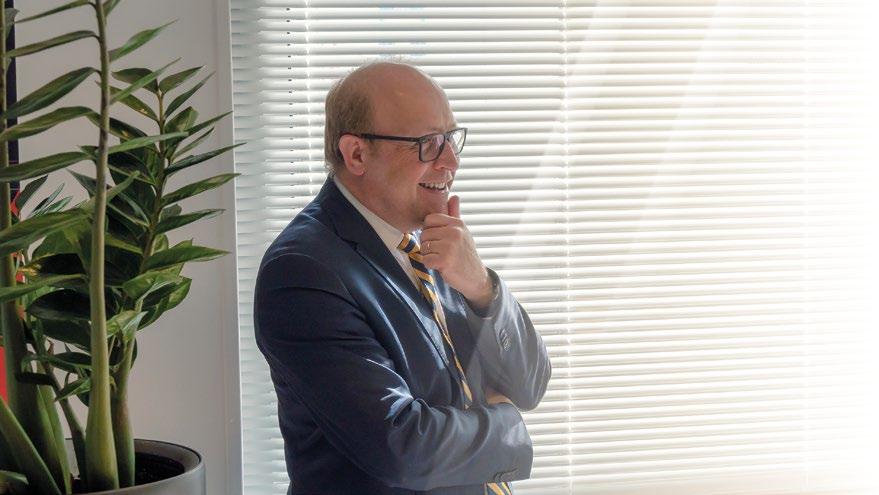

Fossil-based versus bio-based or bio-degradable plastics
Currently, the market is built on pure fossil-based PET with more than half of the world’s current synthetic fibre and bottle demand being met by PET. But when studying bio-based sources, we see that basically any kind of plastic can be made from them, raising the question as to whether we need to increase bio-based PET, which currently accounts for only 1% of the total PET production for packaging. In fact, this appears to be one of the most promising endeavours on the industry’s horizon as the big advantage of making bio-based PET is that we already have a whole industrial
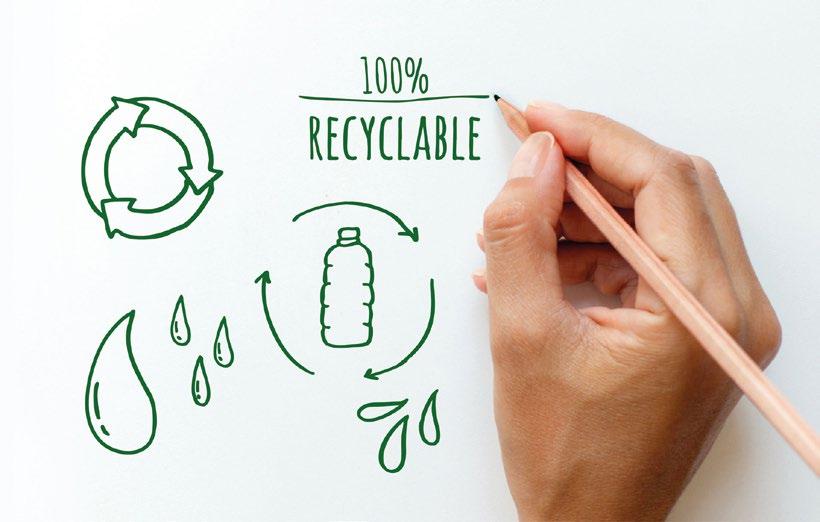
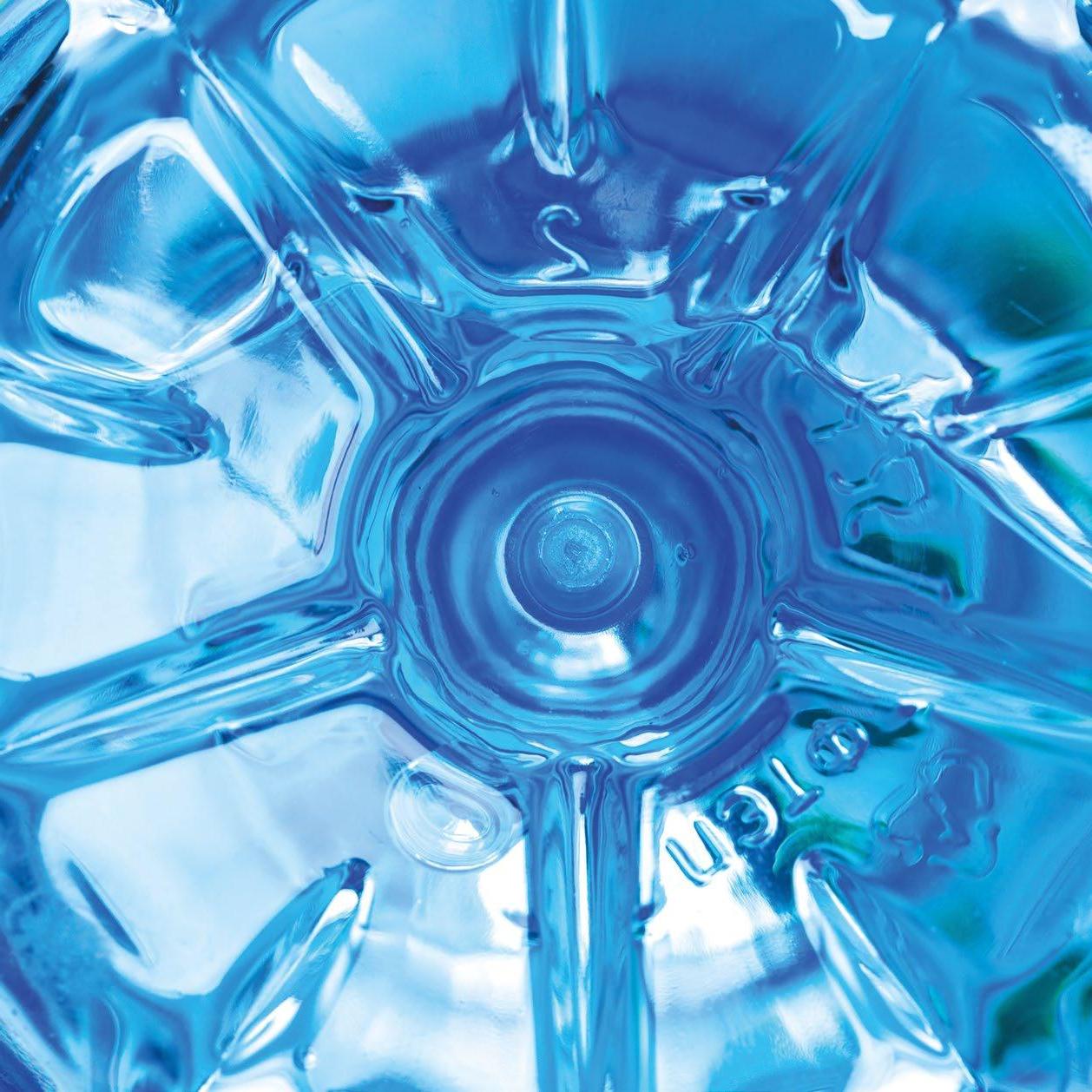
system set up today. The process and installation remain the same, and the PET material produced is strictly identical, still being 100% recyclable and compatible with existing and future recycling streams.
We have to acknowledge that there is also a discussion about biodegradable plastics as an alternative to PET in the industry. As there is a lot of confusion existing between bio-based and bio-degradable materials, we want to clarify that there are fossil-based materials that are biodegradable as well as bio-sourced materials that are not bio-degradable and vice versa. The ratio of bio-degradable materials within the bio-based category is about 55%.
However, we do not expect this development to catch on for two reasons: firstly, if degradation begins during the shelf life of the container, recycling would become extremely complex, because you might collect and enter a container that is already degrading into the recycling stream. Secondly, we and our customers see bio-degradable claims as an incentive for consumers to throw away packaging, counting on the fact that it will simply disappear. In most cases the material will not degrade in an unsupervised, natural environment, for example a marine environment, but only under very specific conditions, such as industrial composting. In addition, biological degradation generates CO2 or even methane, contributing to GHG.
Recycled PET and tethered caps: The basis for a successful circular economy
For Sidel, there are other, more promising options out there to tackle the future challenges of packaging. The most significant one is recycled PET (rPET), as its carbon footprint is nearly five times lower than virgin PET. Its first intrinsic growth factor is consumer acceptance – people are ready to consume their beverages in 100% rPET bottles, something they may have been opposed to in the past. The second factor is the external regulation changes within the EU. The directive on SUP that was passed in early 2019 will have a massive impact on the packaging value stream of the future: by 2025, for example, the EU
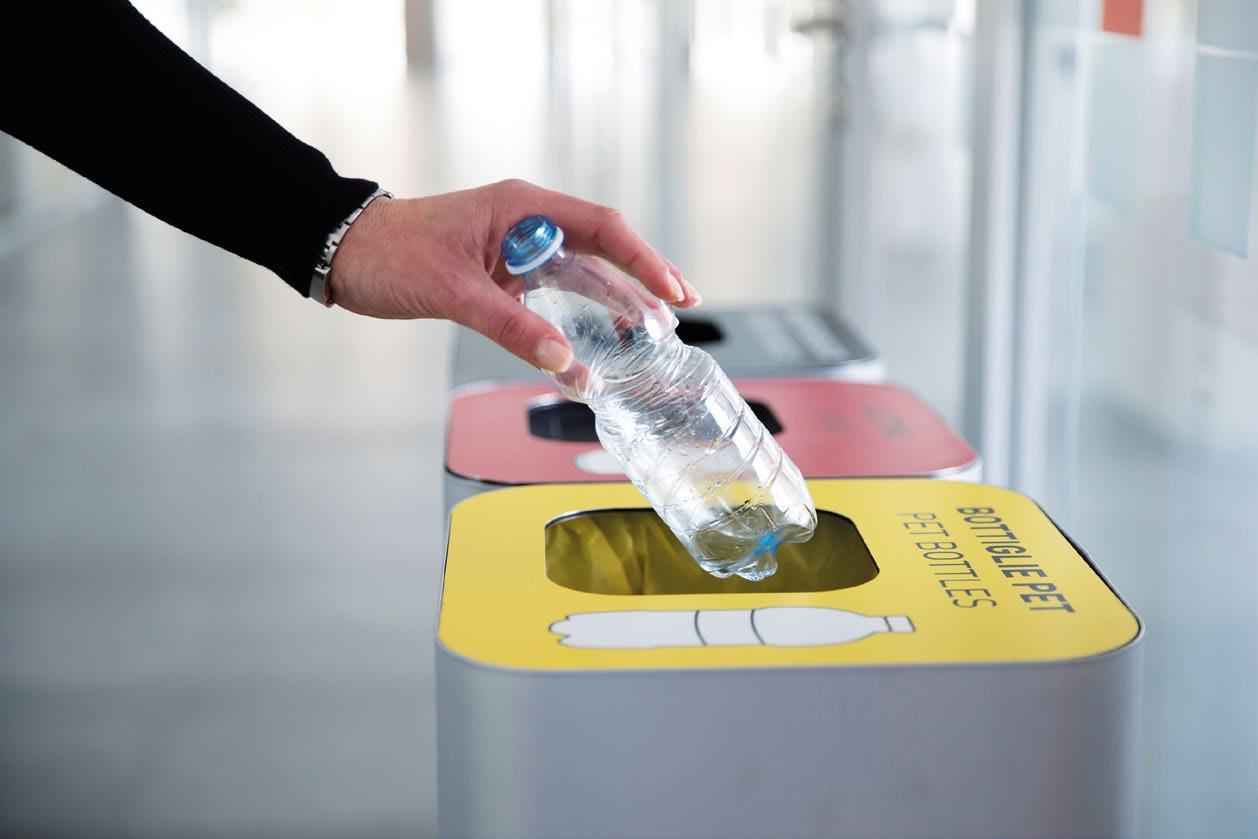

demands 25% of mandatory rPET content in bottles. This figure is intended to reach 30% in all plastic bottles by 2030 with key players in the industry opting for even more ambitious targets. Moreover, rPET content is not the only variable the EU intends to regulate. The European Commission is also speeding things up in terms of collection targets: for instance, a 90% collection target has been set for all member states by 2029. Some member states have already made the decision to switch to bottle deposit schemes, one of the most efficient PET bottle collection solutions.
Converting to rPET is a significant change for the entire industry. Depending on collection methods and bottle origin, its quality varies. Therefore, as a 40-year blowing pioneer and expert, it is our overall goal to develop technologies that are not affected by this inconsistency, but are ensured by designing different blower generations with re-heating and blowing wider processing windows, allowing for bottle quality consistency. It goes even further with the innovative laser oven technology under development as an alternative to the currently used infrared solution: a vertical-cavity surface-emitting-laser (VCSEL) diode extends the process capability and versatility of existing blowers. The heating process is incredibly accurate and stable, allowing consistent material distribution for greater efficiency and a premium material for very complex bottle design from the very outset of the production. Therefore, this solution has high potential for the future, where Sidel might be able to deliver a blower that can handle up to 100% of rPET. Furthermore, Sidel’s rPET testing platform is contributing to this purpose, boosting the development and qualification of bottles with increasing rPET content. Moreover, a close collaboration with rPET value chain stakeholders is fundamental.
In a similar attempt to tackle plastic waste, the EU has also agreed to implement a mandatory tethered cap for all beverage containers up to 3 L by 2024 to keep the bottle and the cap attached to each other until both hit the recycling facilities, thus keeping bottle caps from freely floating in our oceans. If closures are to remain on plastic bottles when recycled, they are much more likely to be properly collected. While the law technically only impacts Europe,
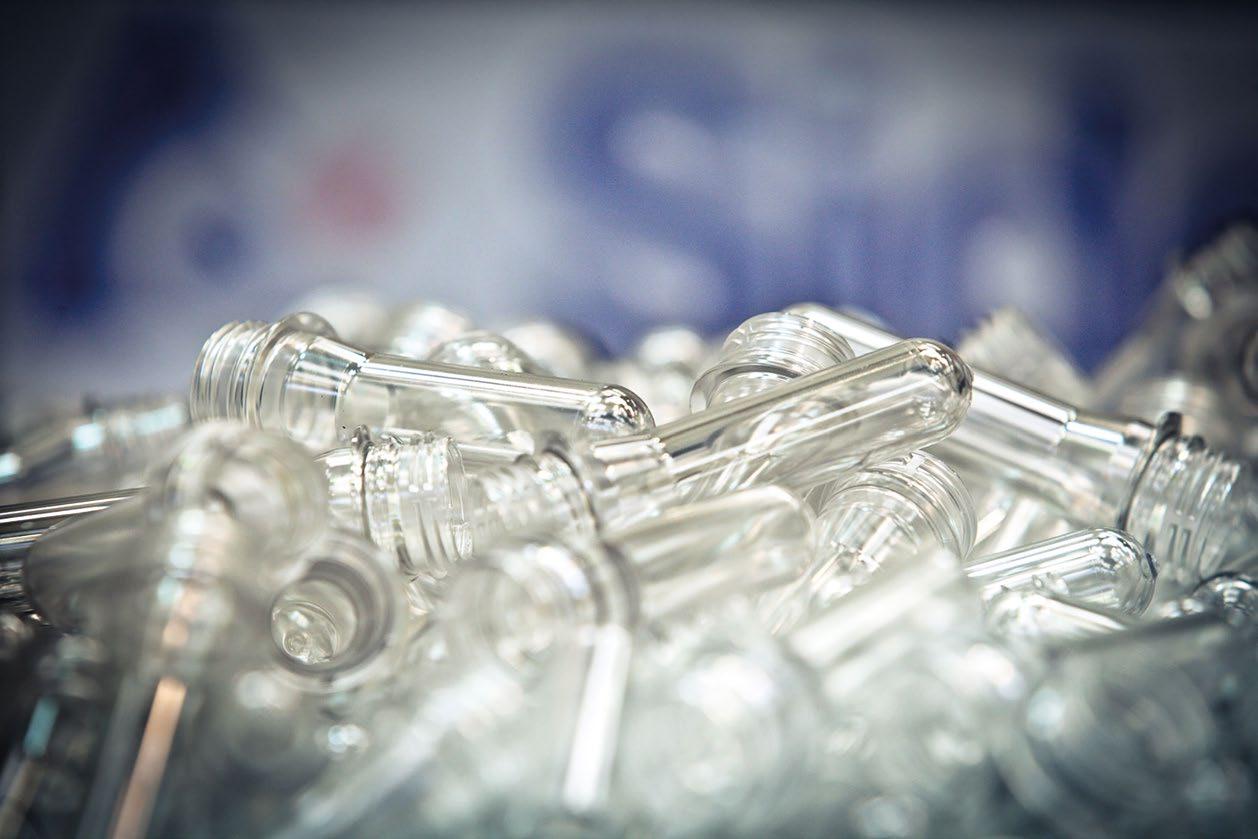
we will see a global change in the coming years due to European companies exporting their goods abroad, and Europe in turn importing goods from other countries, which will have to be compliant with this directive. It is unlikely that any key industry player will manage two different supply chains in parallel, i.e. one with and one without tethered caps. Additionally, we are seeing a similar push for tethered caps in some parts of the United States, with, for example, California striving for a similar law. Therefore, in the next decade, it is probable that anywhere in the world, PET bottles will have a tethered cap. This will certainly bring some design challenges along with it, especially when thinking about sports caps and similar solutions. Sidel is already uniquely positioned to answer these challenges as Novembal – an independently managed business unit of our group – was actually the first developer of the tethered cap (snap design) solution more than a decade ago.

Refillable PET bottles: A sustainable alternative?
Besides rPET, there is another very promising development on the beverage market: refillable bottles (ref-PET). In fact, relaunching ref-PET bottles is one of the top priorities for big players within the beverage market, using the bottles in the same way refillable glass bottles are used – minus the heavy transportation costs and fragility. Compared to one-way PET, it will depend on its effective number of uses and on logistics. The environmental impact of the bottle is divided by the number of uses. Moreover, it depends on the return rate and life span: with a 95% return rate, a seven-year life span and three cycles per year, the average refilling number per bottle will be 11.
Additionally, even after these various filling cycles, the bottles can be recycled, creating a very captive, high-quality stream with identical bottle quality. This makes it a unique system in terms of ease of recycling and reintroduction with ref-PET revealing itself to be a huge opportunity, especially for short distance distribution in metropolises with satellite filling sites.
Supporting the sustainable transformation
We look at packaging and equipment from a 360-degree perspective. Not only do we take into account primary, secondary and tertiary packaging, but also their interaction with the equipment in the factory. Then we consider the impacts they have upstream and downstream in the value chain. This is what we call our ‘End to End’ approach.
In 2019 Sidel signed the New Plastics Economy Global Commitment. Together with our customers and business partners we intend to work on playing a key role when it comes to addressing the increasing challenges in packaging, food safety and environmental footprints.
Although our industry is undoubtedly facing manifold challenges, we at Sidel see ourselves as absolutely ready to address these world-changing questions. However, collaboration is key here, across and beyond the plastic industry. The circular economy is definitely the new paradigm, aiming at closing the loop to avoid leakage to the environment by favouring recycling as well as reduction and reuse with PET having a unique position. Leading brand owners are convinced that the answer to reduce their packaging GHG impact is recycled PET and refillable PET. To support the transformation towards sustainability, besides the industry stakeholders’ commitments, four ingredients are required to support it: correct consumer behaviour, extended collection infrastructure, innovative technologies across the value chain and intensified regulation with mandatory collection targets and recycled content. n
AUTOMATED PACKAGING FOR E-COMMERCE, A SOLID PILLAR FOR GROWTH

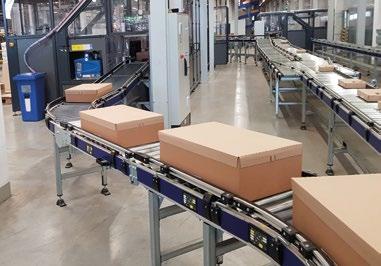
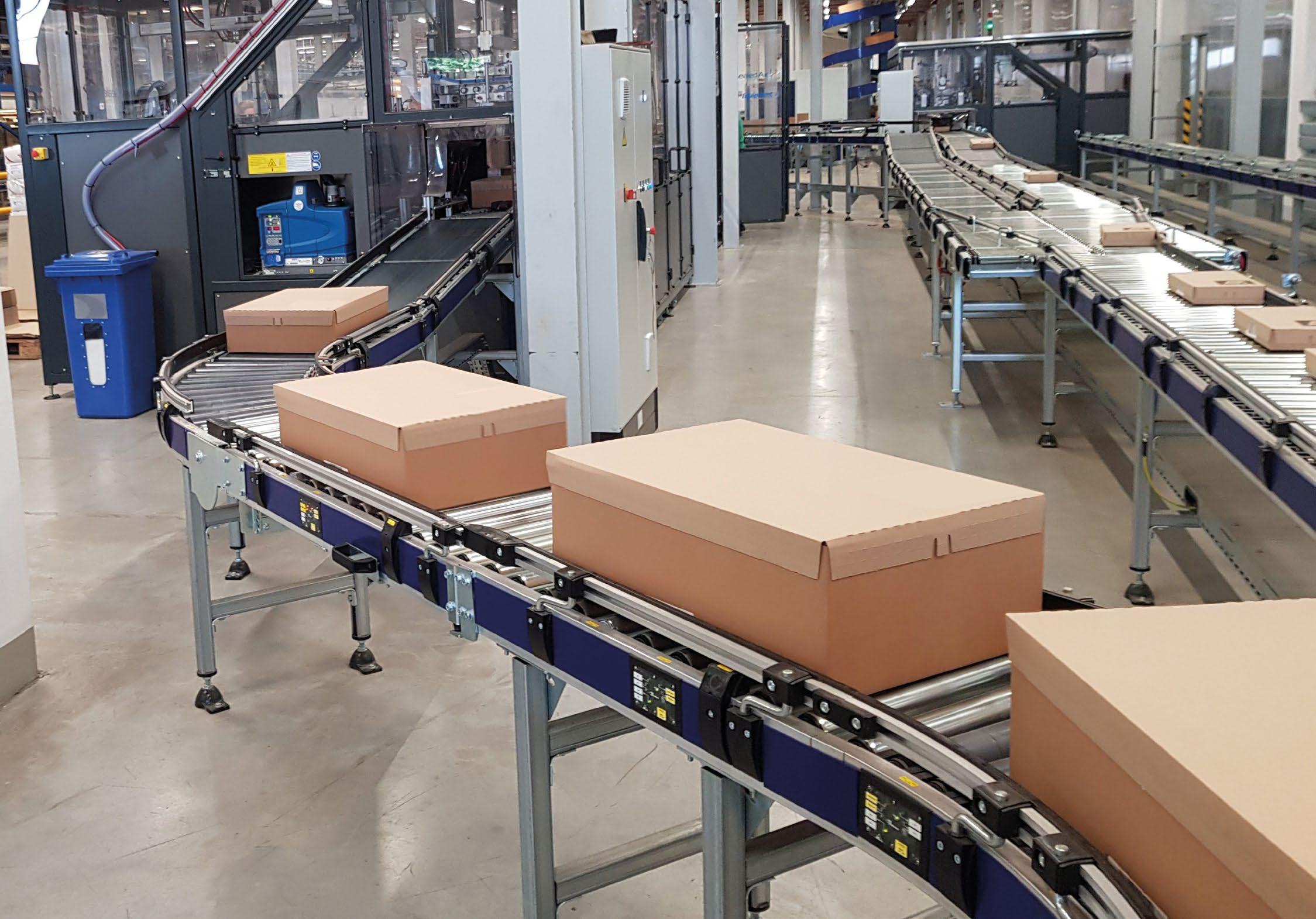
Consumer demand for e-commerce is rocketing to a new level in 2020. Brand owners, retailers and third-party logistics (3PL) are looking for solutions to keep on improving order fulfilment automation. As specialists and key contributors to the packaging industry, B+Equipment & Bostik will share their respective expertise in corrugated e-commerce packages.
A BOSTIK
ON DEMAND WEBINAR
HOSTED BY PACKAGING EUROPE
Learning Objectives:
• See how e-commerce demands bespoke & tailor-made packages • Learn how to protect the goods and consumer in e-commerce with secure & tamper-evident packages • Identify solutions to reach best-inclass packaging process automation in e-commerce with no compromise on consumer experience • Keep your shipments to the right size with cube optimized packages • Discover how the hot melt glue is the invisible cornerstone of efficient and sustainable fulfilment operations
ON DEMAND LISTEN NOW
packagingeurope.com/automated-packaging-for-e-commerce-a-solid-pillar-for-growth_1/
ON DEMAND
SPEAKERS HOST
PASCAL PERONI Global Market Director – Consumer Goods & Paper
Bostik
BERNARD DOMINICI Sales Director – B+ Equipment
Sealed Air / B+ Equipment
Bostik, as part of the Arkema group, is a leading global adhesive specialist in packaging, construction, transportation and consumer markets. We are committed to providing safe, efficient, versatile and responsive adhesives and products. Bostik’s offering in flexible and rigid packaging includes innovative peel/reseal lidding solutions as well as a wide range of adhesives for plastic film lamination and adhesives for tapes & labels.
VICTORIA HATTERSLEY Senior Writer
Packaging Europe
Sealed Air / B+ Equipment has been designing and manufacturing automated packaging solutions since 2000 specifically for distribution, either e-commerce and retail. The machines are either sold to end-users or to integrators that implement them in a turnkey pick & pack system.









